Four Tips for a Blooming Butterfly Garden
How to build the best habitat for Florida butterflies
March 08, 2021
The spring season is almost here and with warmer, longer days ahead, we wanted to share some inspiration for your next outdoor project: a butterfly garden!
Did you know Florida is home to more than 200 species of butterflies? While plants that flower can help attract a variety butterflies, they need a few more things to stay a’flutter in your garden.
We checked in with Lake Nona’s Director of Landscape Architecture, Jeffery Thompson, to get some expert tips to ensure your garden attracts butterflies all year round.
“There are many beautiful species of butterflies native to Central Florida,” said Thompson. “You can encourage them to visit and live in your garden by providing a habitat that will sustain them through the seasons.”
Here are four things to remember as you get ready to plant your own butterfly garden:
1. Plants that bloom – Nectar plants
Butterflies feed on nectar and while they’re not too picky about where they get it, some have preferences. Monarch butterflies and some Swallowtails love Milkweed (ascelpias currisavica) while Gulf Fritillaries and Zebra Longwings (our state butterfly) love Passion Vine (passiflora incarnata), Moss Verbena (glandulara pulchellaa), and Purpletop Vervain (verbena bonariensis).
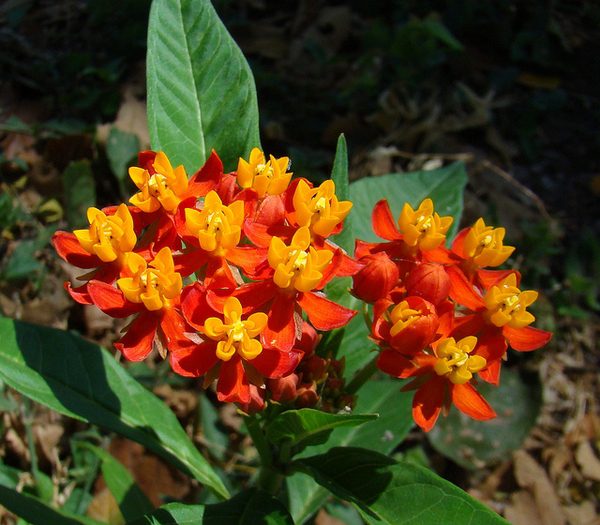
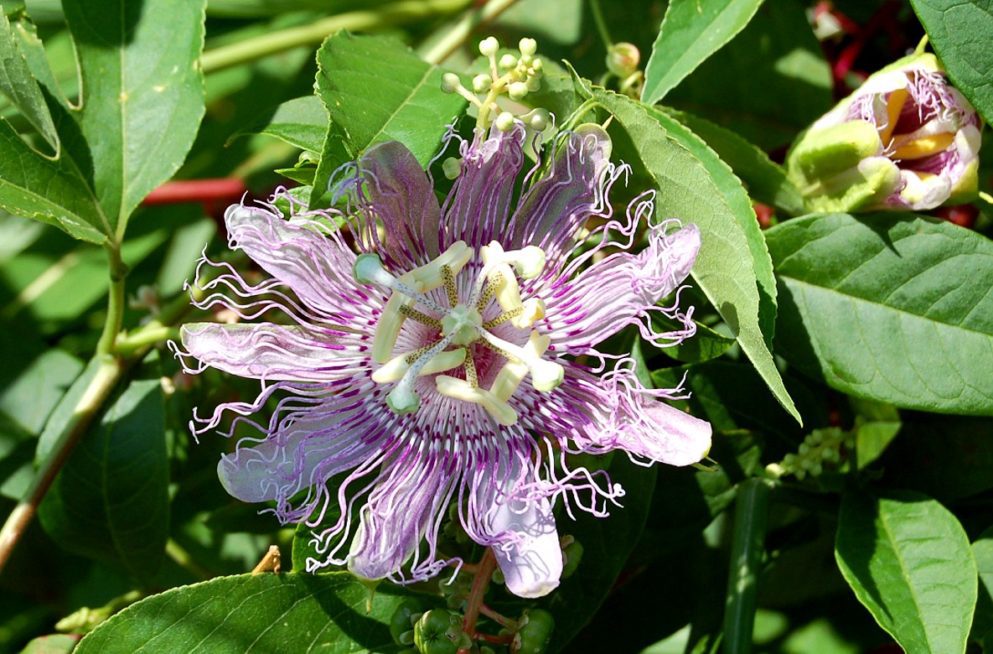
Consider nectar-rich plants like the Formosa Azalea and Butterfly Bush (senna bicapsularis). A Creeping Powderpuff Vine (mimosa strigillosa) provides great groundcover in addition to a mixed perennial bed full of Tropical Sage (salvia coccinea) and Dune Sunflowers (helianthus debilis).
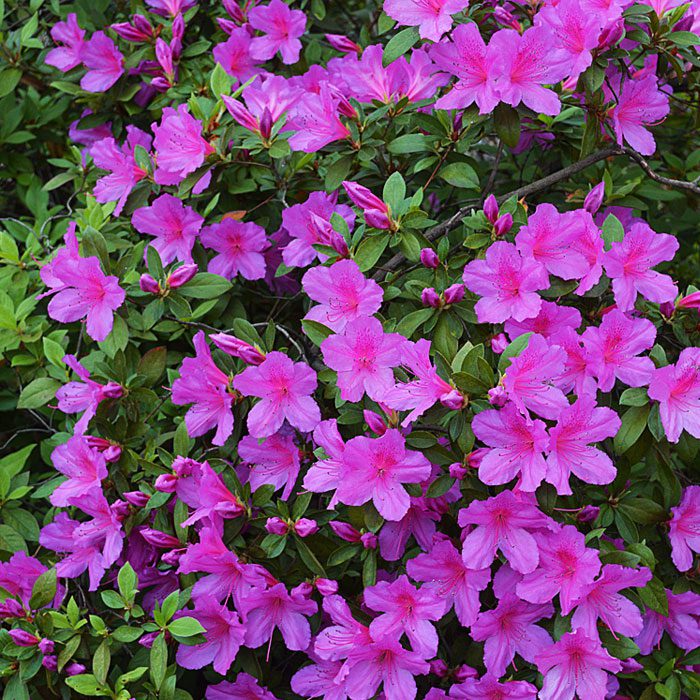
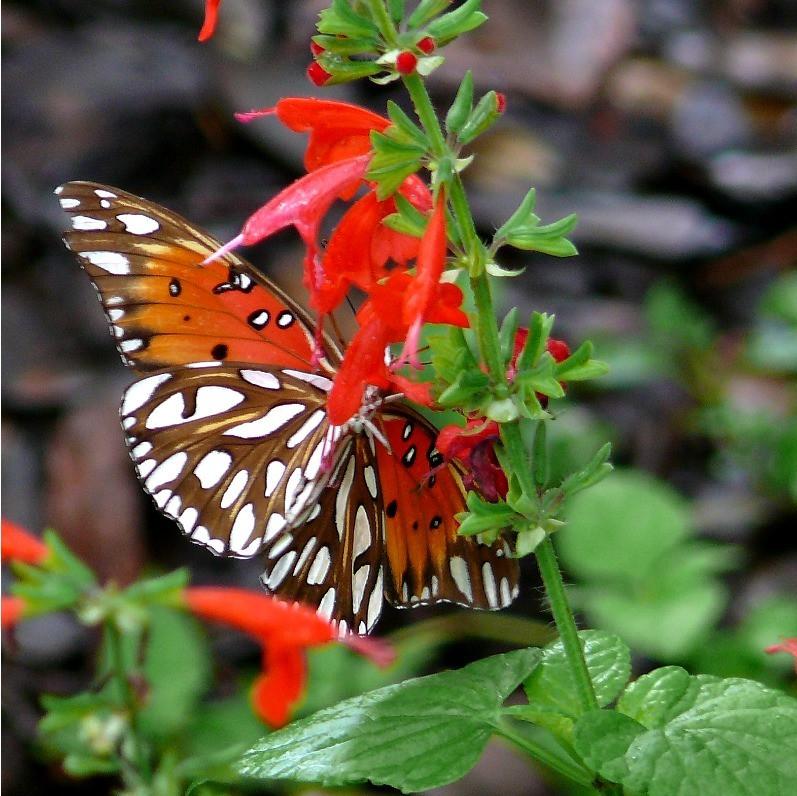
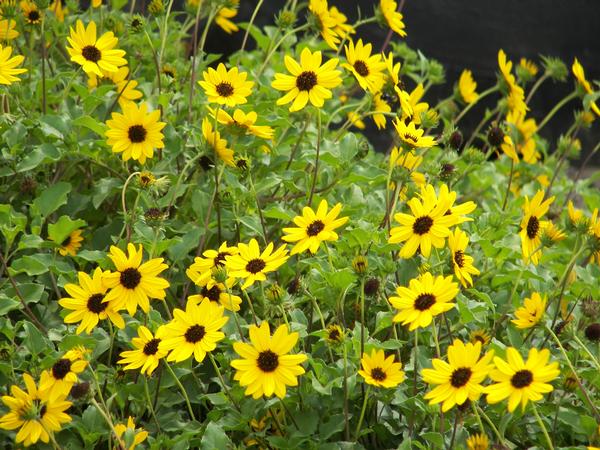
2. Plants that feed – Host plants
While plants that bloom provide food for butterflies, plants that feed provide food for caterpillars. Without host plants, butterflies will look for other gardens to lay their eggs which means you may not see many butterflies in yours.
Here are a few host plant ideas: Herbs like parsley, dill, and fennel attract Swallowtails. Cassia shrubs (senna bicapsularis), also known as Butterfly Bush, attract Sulphurs while Milkweed (ascelpias currisavica) attracts Monarchs.
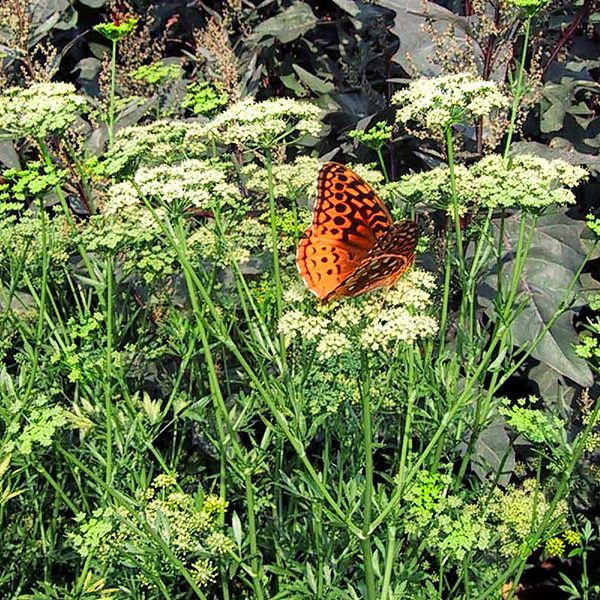
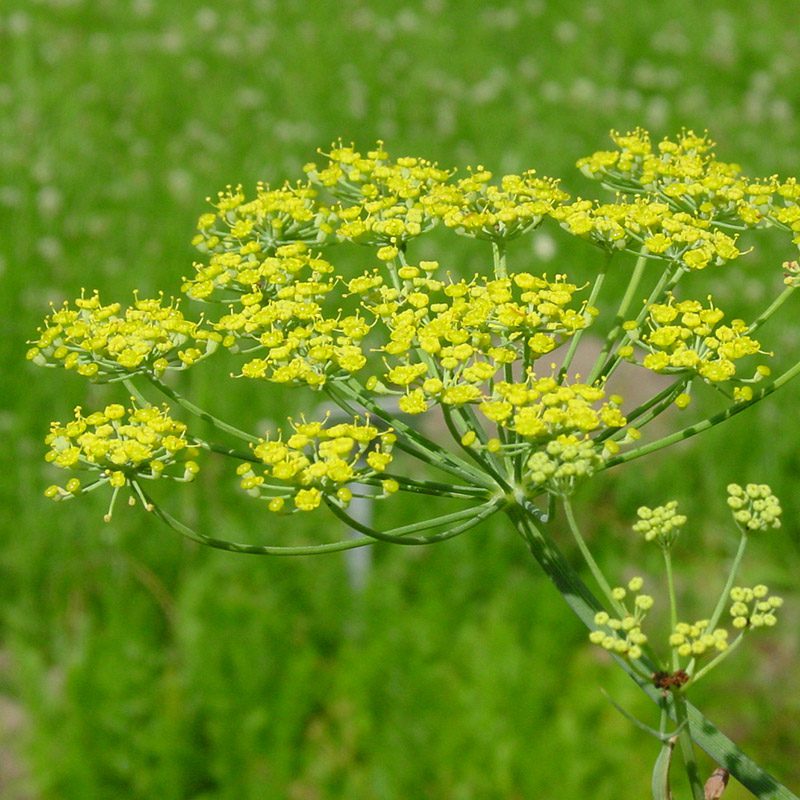
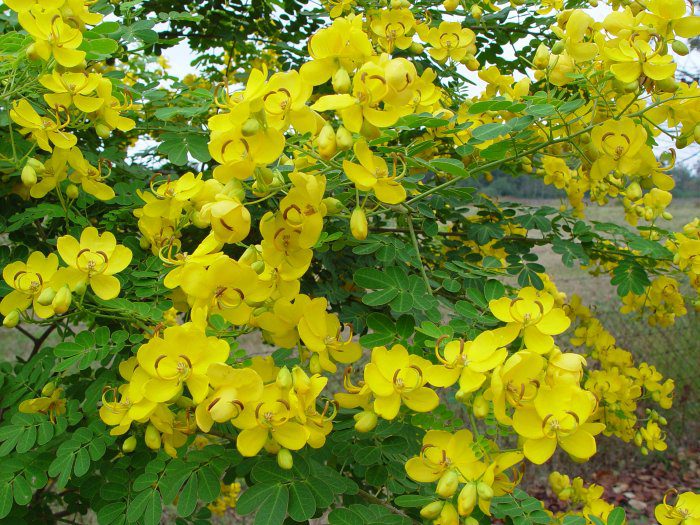
3. Water
Don’t forget to water your butterflies! Your butterfly garden should include a damp area like the edge of a pond or sandy bird bath for “puddling” which refers to the way they sip moisture and extract minerals from mud puddles. Add sand and rocks to a bird bath with just enough water to cover the sand and you’ll see butterflies puddling in no time.
4. Shelter
Butterflies are busy all day long as they move from one bloom to another. While they’re feeding, they’re also pollinating which helps plants reproduce and grow. Butterflies are great pollinators for home-grown fruits and veggies!
After all that work, they need a place to “roost” or rest. Think shrubs like the Fire Bush (hamelia patens) or Cassia (senna bicapsularis) which provide shelter from wind and predators like wasps, birds, lizards, and snakes. Butterflies also love to sunbathe or rest on patches of soil and large rocks.
Whether you’re looking to add some color to your yard or grow your own fruits and veggies, creating a healthy habitat for butterflies in your yard will help bring more blooms to your garden.
Before you start gardening, please make sure to check your HOA guidelines. Click here to learn more about our love for landscaping and follow us on Facebook, Instagram, and Twitter (@LearnLakeNona) for more pictures of our beautiful Lake Nona.